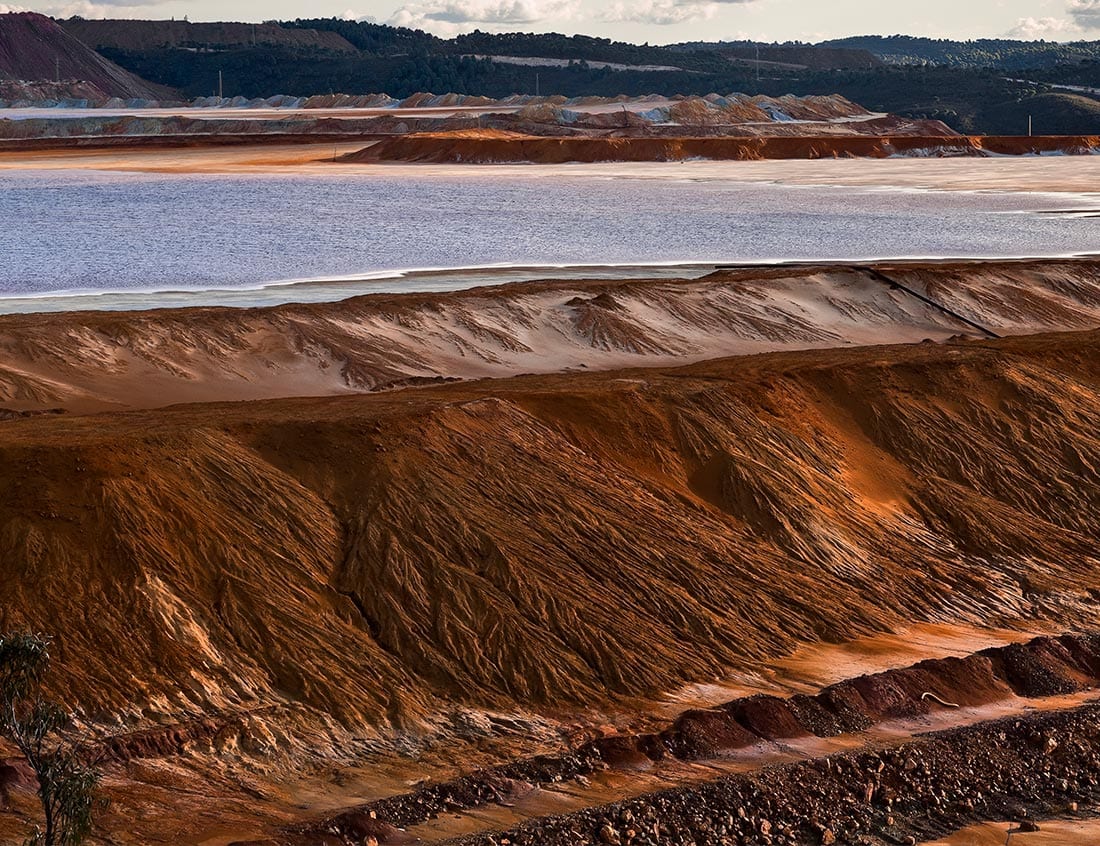
Many mining operations rely on tailings dams to store byproducts from ore processing. However, these dams can fail, posing serious risks to people, the environment, and a company’s bottom line. In recent years, events like the Brumadinho dam collapse have demonstrated the dangers of relying on outdated tailings management strategies. As regulatory pressure intensifies, the industry needs safer, more efficient alternatives—such as high-pressure filter presses—to handle tailings responsibly.
When minerals like gold or iron are extracted from ore, the leftover material—known as tailings—contains fine mineral particles mixed with water. This slurry can be large in volume; for example, every ton of hard coal mined can produce about half a ton of waste. Tailings can be challenging to store and stabilize, especially since leftover metals and minerals may generate acids when exposed to air or water.
Because tailings can contaminate local water sources, proper handling and treatment are essential. Regulators and communities alike expect mining operations to manage these waste materials without endangering ecosystems or nearby populations.
Tailings dams are a common storage solution, but their failure rate is higher than many other dam types. Common causes include:
When a tailings dam collapses, it can unleash massive amounts of toxic slurry, causing environmental devastation and loss of life. The ramifications for mining companies include hefty fines, legal action, and reputational damage.
A safer, more sustainable approach involves reducing or eliminating the need for tailings dams. Mechanical filtration and proper wastewater treatment help achieve this goal. Several technologies exist, but some are more efficient than others.
Hydrocyclones
Belt Filters
Filter Presses
High-pressure Matec® filter presses from ChemREADY introduce a game-changing solution for tailings management. They operate at 16 to 21 bar to tackle even the most challenging mining slurries.
Key Advantages:
At ChemREADY, we help mining operations move beyond tailings dams to safer, more efficient practices. Our team performs comprehensive wastewater analyses, selecting the right blend of chemical treatments—such as flocculants—and mechanical solutions, including ultrafine recovery and clarifiers. High-pressure Matec® filter presses can then finalize the dewatering process, producing stable, stackable cakes and reclaiming clean water.
Benefits of ChemREADY’s Tailings Solutions:
Ready to upgrade your tailings management?
Contact ChemREADY today or request a quote and brochure to learn how high-pressure filtration can revolutionize your mining operations. With the right combination of chemicals and filter press technology, you can enhance safety, protect the environment, and operate more sustainably.
Nick Piskura is the Marketing and Web Development Specialist at ChemREADY who utilizes expertise in digital marketing strategies to provide knowledgeable insights in each segment of our business. Nick provides insights through web development and multimedia resources that support ChemREADY’s full range of services, including Legionella management, ANSI/AAMI ST108 compliance, boiler and cooling tower treatment, wastewater processing, and industrial water quality solutions.